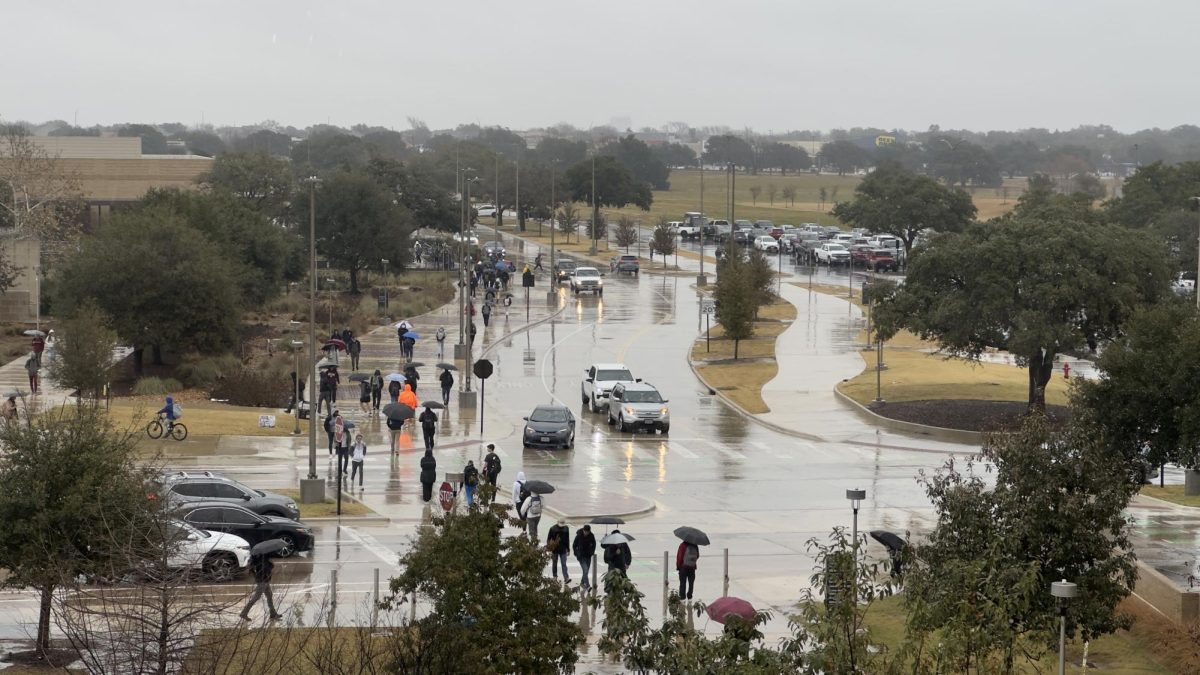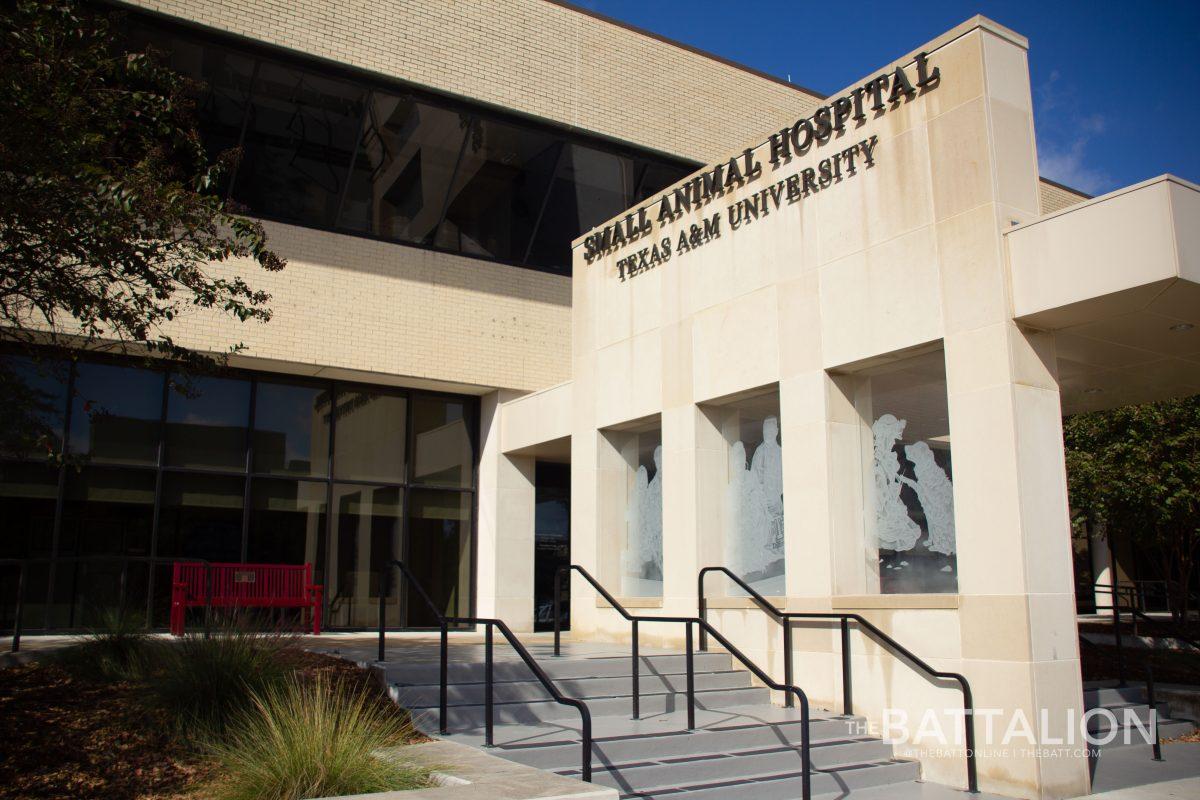Aggies across Harris County and surrounding areas faced tremendous destruction from Hurricane Beryl when the storm made landfall near Matagorda Bay on July 8.
Warnings of the dangerous conditions created by the hurricane began a week before landfall and were rapidly distributed by the National Hurricane Center. Despite being classified as a Category 1 hurricane, Beryl created life-threatening storm surges along the coast of Texas from Mesquite Bay to Sabine Pass.
Rangeland, Wildlife & Fisheries Management graduate student Robert Corkren was at La Copita Demonstration Ranch, a Texas A&M research facility, for the duration of the hurricane. Located 15 miles southwest of Alice, Texas, the ranch is in a remote, rural location with dirt roads prone to flooding, Corkren said.
“We got several of the early bands as the storm was passing along the coast … It impacts if we can do research or not out here, if we can get on and off the property,” Corkren said.
Corkren lives on the ranch and has a house on Galveston Island. Throughout the storm, he said he saw 15 to 18 inches of rain and wind speeds up to over 90 miles an hour.
“The storm was a little more significant than they originally had predicted when it came on landfall,” Corkren said. “Preparations were kind of mild, so people had … a lot of broken windows, downed trees and my house lost power for about four days.”
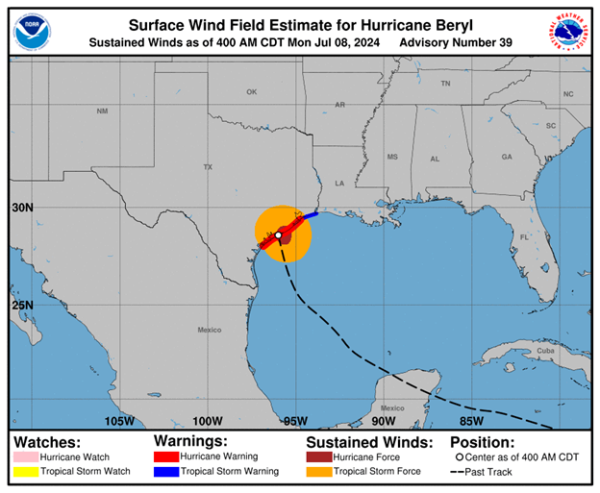
Communications senior Alejandro Guzman said his community in Cypress banded together to support those most impacted by the storm.
“At my local church, we’ve raised efforts [for] relief around the community,” Guzman said. “I know that we partnered with Cypress Assistance Ministries with donations. And most evidently, I noticed, is just the [support for] public works and the first responders.”
Guzman said most of his preparation was the day before landfall when he visited the local Costco and noticed others buying hurricane supplies.
“I was joking around and saying …, ‘Look at all these people’s groceries for a storm that’s going to last a day,’” Guzman said. “But then it hit me, this is a hurricane coming. We’re used to getting all the supplies and necessities that we need because we don’t know when we’re going to get power back. CenterPoint Energy can only work so fast.”
CenterPoint Energy, the company responsible for providing electricity to Harris County, has faced criticism for its response to the storm, which left thousands of Houstonians without updates until five days after Beryl made landfall.
When Beryl passed over Cypress, Guzman said the most notable moment was the few minutes of quiet that came with being inside the eye of the storm.
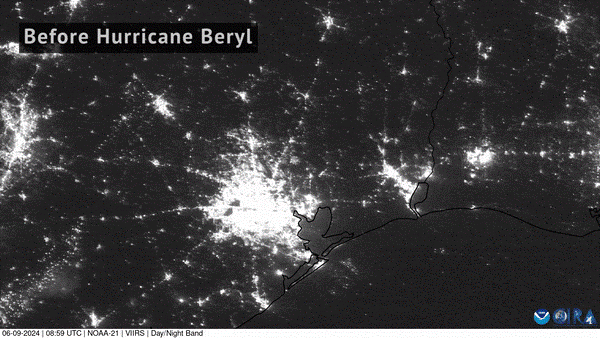
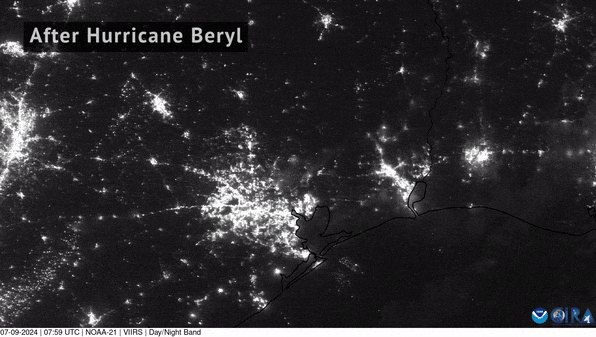
“You sit back and you realize how fortunate you are, geographically being in the eye, whereas the rest of … Houston is just barreling down, barreling down the water,” Guzman said. “And so just that moment of gratitude, most especially because I know that there are so many others … who’ve had it worse,” Guzman said.
General studies sophomore William Lu was in Katy during the storm and said Beryl’s sudden turn towards his community caught him off guard.
“At first it was just … a flood warning due to rain, and [then] it was like, ‘Wait, it’s actually turning towards y’all,’” Lu said. “So it turned into a tropical storm watch, and then it became a warning … there was a voluntary evacuation notice.”
The damage seen in Katy due to rain was on the level of a thunderstorm, Lu said, but the wind damage was unprecedented.
“A lot of the fences close to us were … torn down, some trees were split in half,” Lu said. “When we drove out, we saw a lot of branches everywhere, trees torn down, fences down.”
Lu said that without his family’s emergency supplies, they would have been much worse off.
“We happen to have power stations, like this giant rechargeable battery,” Lu said. “We had our personal one recharged before the storm hit, and then we also got extra ones … to power our refrigerator.”
After regaining power eight days later, Lu emphasized the need to remain prepared and listen to weather alerts. Back on La Copita, Corkren said future hurricanes both could stop research and become incorporated into the project.
“If there’s [flooding], you would be able to get off the ranch … you can’t get around the property so some of the research has to stop, but … [another researcher’s project] involves acoustic recorders and camera traps,” Corkren said. “That kind of research continues regardless and actually is part of a dynamic of the research.”
With NOAA predicting an abnormal 2024 hurricane season, Corkren said the ranch was prepared to respond to any future weather events.
“There’ll be a significant impact down in South Texas … when you get a hurricane that comes through … whether it’s on the operation of the ranch, research on the ranch or erosion,” Corkren said.
When asked if they thought people would be leaving Houston because of Hurricane Beryl, both Guzman and Le said no.
“People are very proud to be from Houston, and … it’s one of their crowning achievements to be from Houston,” Lu said. “I think people will try and see if they can fix [the power grid] in the near future. But … there might be some people moving out if they don’t fix it soon.”




